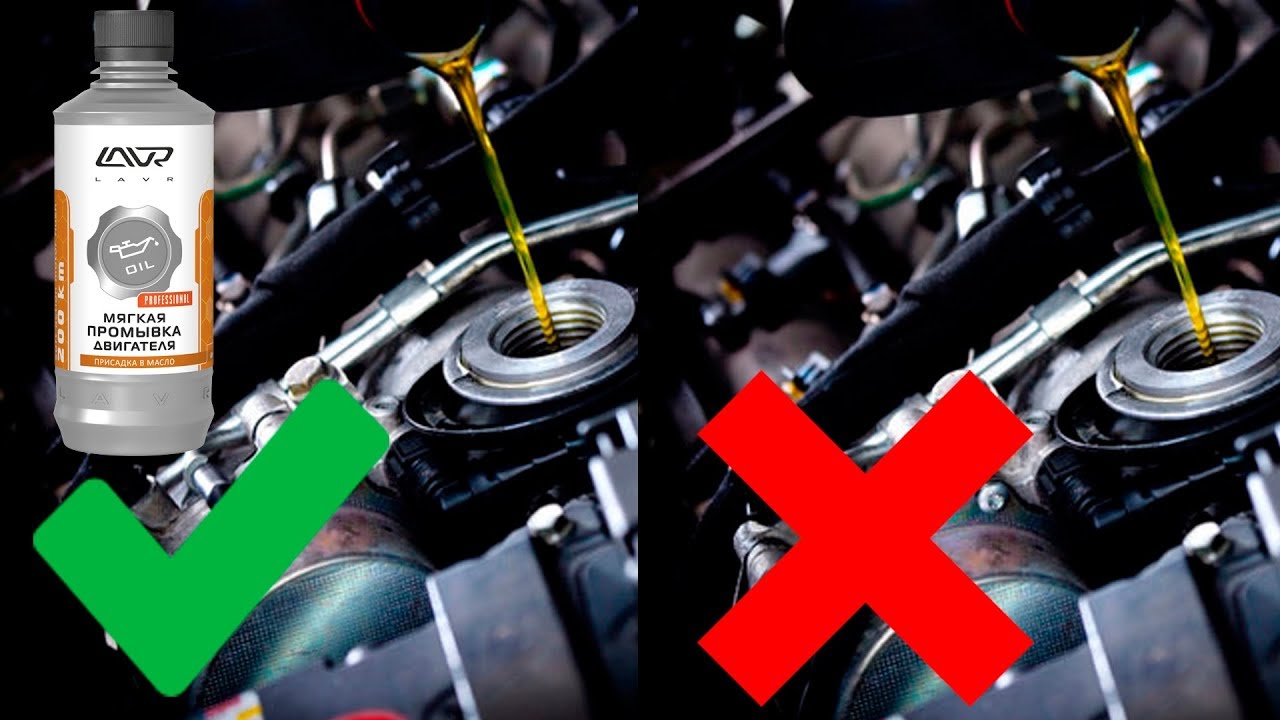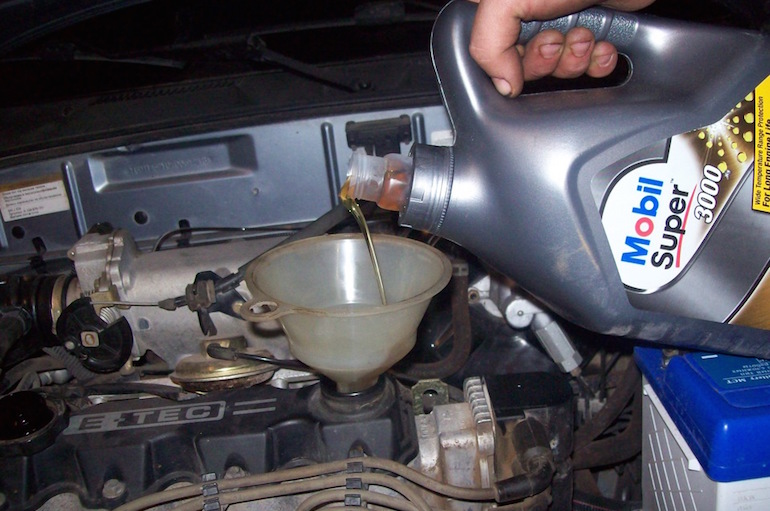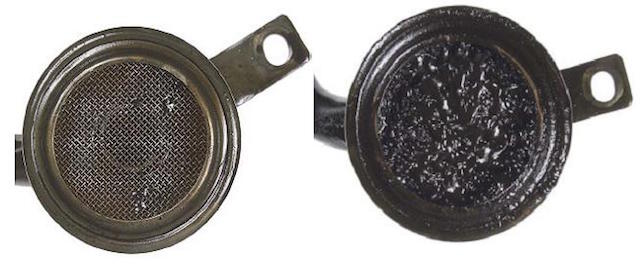
Flushing the engine when changing the oil
Auto mechanics often advise car owners to flush the engine before changing the oil.
Indeed, no matter how we monitor the engine of the car, one look under the valve cover (in case of repair), at the used oil filter and even just at the oil filler cap is enough to see how much dirt accumulates in the engine.
However, everything is not as simple as it seems. The decision to flush the engine can only be made by a very experienced specialist after a complete diagnosis of the engine.
One can recall many cases when an ordinary engine flush led to very negative consequences, up to a complete failure.
We have already written on our portal Vodi.su about the types of oil, its viscosity and properties, about the important function it performs in the engine - it protects metal elements from friction and heat.

The automaker clearly indicates in the instructions which types are preferred for this model. After all, motor oil is not just some abstract lubricating substance. It consists of various components, among which there are approximately 10-15 percent of chemical additives designed to clean the engine, as well as reduce the impact of aggressive additives on rubber products - seals, tubes, o-rings.
Questions immediately arise - with what help is the engine flushed and what additives are included in flushing oils? We answer in order.
Types of flushing oils
There are a lot of varieties of such oils, each manufacturer tries to praise their product, awarding it with a lot of advantages. But upon closer examination, we notice that nothing particularly new has been offered to us.
In general, there are two main types:
- long-term oil - it is poured into the engine after draining the old oil, and it takes an average of two days to drive on it;
- quick-acting oil - 5- or 15-minutes, which are poured after draining the waste and this oil cleans the engine while it is idling.
Pure additives are also popular, for example, from the well-known company LiquiMoly. Such additives are added to the oil some time before the replacement and gradually do their job.
You do not need to have special knowledge of chemistry to guess what flushing oils are made of:
- base - mineral industrial oil type I-20 or I-40;
- aggressive additives that dissolve all the dirt that has accumulated in the engine;
- additional additives that minimize the effect of flushing on various engine components.
Hence we have. Long-term flushing is more tolerant of both the engine and rubber products, but the lubricating properties of industrial oils are not up to par. That is, these two days, while flushing cleans your engine, you need to drive in the most gentle modes.

This method is suitable mainly for not very expensive equipment, for example, some agricultural machines.
But, 15 minutes - contain a significantly larger amount of additives, but according to the testimonies of many auto mechanics, they really clean the engine, which is visible even to the naked eye.
It is worth noting another very popular type of engine flush - using high-quality oil. That is, the same oil that you usually fill in the engine. This is the method of flushing used by most official dealerships.. The essence is very simple and clear:
- the old oil is drained, and it must be completely drained, and for this the car on the lift must be tilted for a while first to one side, then to the other;
- fresh engine oil is poured and it needs to be driven from 500 to 1000 km;
- all this again merges, all oil filters are replaced and already boldly fill in oil of the same grade again and drive 10 thousand or more km on it.
The advantages of this cleaning method are obvious: it is completely safe for the engine, deposits are reduced due to more frequent changes, and frequent oil changes are good for the engine.
True, there are also disadvantages - in this way you will not be able to cope with serious pollution. That is, this method is preferable for those drivers who constantly use the same grade of high-quality engine oil - the key word is “quality”.

How and when should the engine be flushed?
Full flushing is proposed to be carried out in the following cases:
- switching to another type of oil or manufacturer - we already wrote on Vodi.su about mixing oils and what it leads to, so it is advisable to completely drain the old fluid and clean the engine well of all foreign contaminants;
- if low-quality oil got into the engine or you filled in low-quality gasoline, or antifreeze got into the oil as a result of a breakdown;
- after engine repair - if the engine was disassembled, the head of the block was removed, the pistons were adjusted or the head gasket was replaced.
If you regularly change the oil, then you do not need to flush the engine every time. But if you were about to change the oil once again, and in working off you saw traces of the presence of a large amount of dirt and oily substance, then it would probably still be necessary to flush.
An important point - if you bought a used car and don’t know what condition the engine is in, then you can’t flush the engine with 15 minutes.
Let's explain why. If the former owner used bad oil, then a lot of debris settled in the engine and sump, which a 15-minute flush will not cope with, it can only partially remove all these deposits. But when you fill in new oil, it will also produce a cleaning effect and all this mass of deposits will eventually end up in the oil and significantly affect its characteristics.

In addition, both the filter and the metal mesh of the oil intake will soon become completely clogged and your car's engine will develop a very dangerous disease - oil starvation, since only part of the liquid will be able to seep through the filter and intake into the system. The worst thing is that level measurements will show a normal result. True, a few days of such fasting are enough and the motor will literally fall apart from overheating. Therefore, pay attention to the on-board computer signals - if the oil pressure sensor light is on, immediately go for diagnostics without wasting a minute.
To prevent this from happening, the engine is washed literally by hand with the help of diesel fuel. It is clear that such a service will be very expensive. Well, in general, it is advisable to flush the engine after a complete diagnosis and from specialists who are responsible for their work.
Loading…